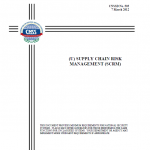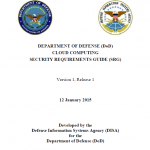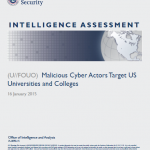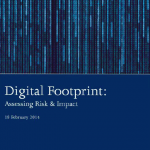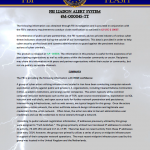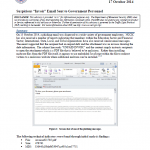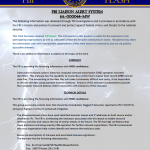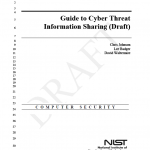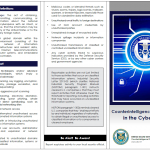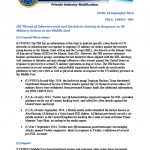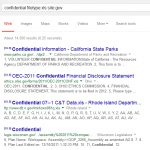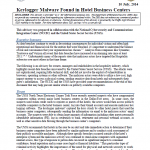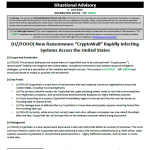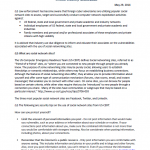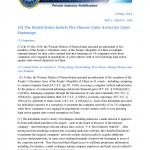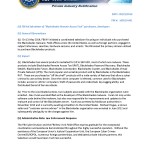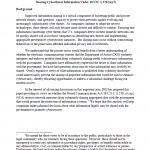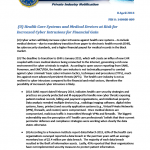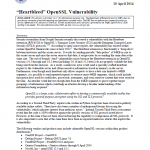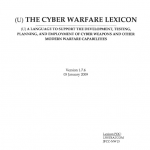
Since the 2006 signing of the National Military Strategy for Cyberspace Operations (NMS-CO), the emerging US cyber warfare community continues to mature and its capabilities increasingly compete for consideration when US forces plan operations. Computer network attack (CNA) and electronic attack (EA) technologies have progressed to the point where their use could be routinely considered in the context of existing and developing OPLANS. In order to effectively integrate and standardize use of these non-traditional weapons, the developers, testers, planners, targeteers, decision-makers, and battlefield operators require a comprehensive but flexible cyber lexicon that accounts for the unique aspects of cyber warfare while minimizing the requirement to learn new terms for each new technology of the future. Without a shared understanding of the accurate meanings of a significant number of frequently used terms, it will be difficult to make progress on the more complex and unresolved technical and operational issues for non-traditional weapons: actionable requirements, technical and operational assurance, effective mission planning techniques, and meaningful measures of effectiveness. In fact, the Secretary of Defense’s Information Operations (IO) Roadmap listed its first benefit to the combatant commanders as “a common lexicon and approach to IO, including support to integrated information campaign planning.” Although the focus of cyberspace operations is not the same as that of IO, they share some technologies and until now, no such lexicon (for IO, or any portion of IO) has been published.
Read more →



